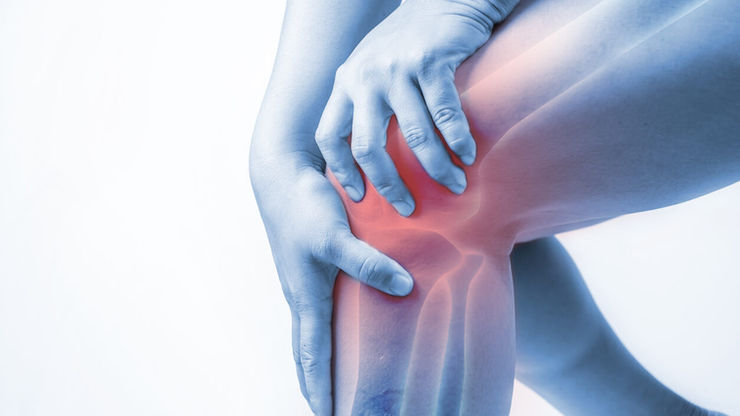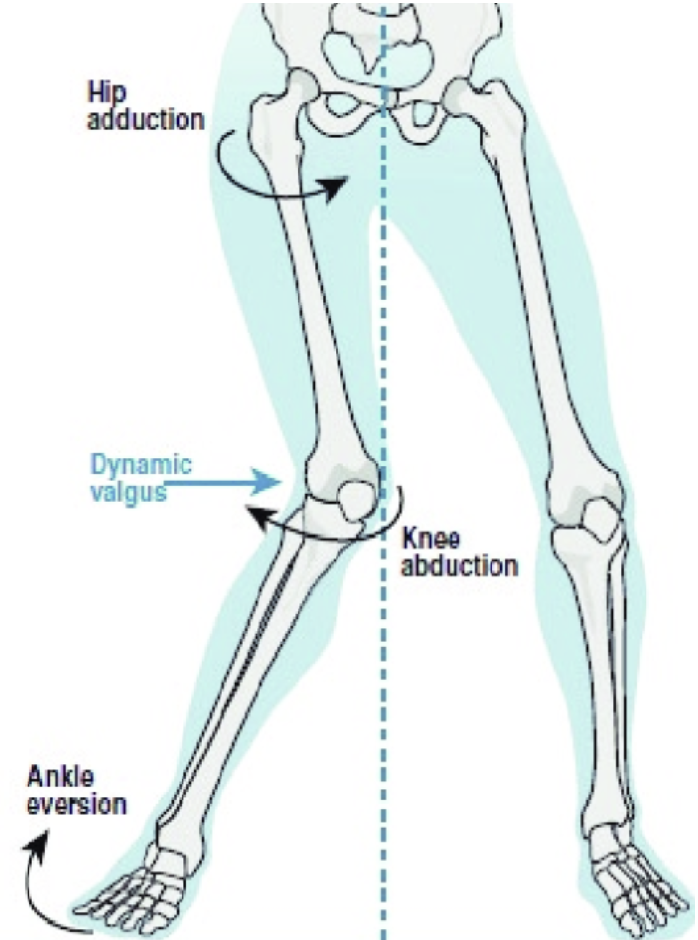What are Effective Treatments for Patellofemoral Pain?

The recent paper, by Winters M, et al, on effective treatments for PFP is a living systematic review with network meta-analysis, meaning it analyses multiple studies and will be updated annually for at least 5 years. Its aim was to compare the effectiveness of all available treatments at 3 and 12 months’ post onset of PFP.
They used a reference group containing 7 PFP patients to decide which outcome measures were most relevant. The reference group selected the global rating of change (GROC) scale as the primary measure and pain scales as the secondary measure.
What Treatments did the Patellofemoral Pain Study Look at:
- Education, exercise, patella taping/mobilisation
- Education and foot orthoses
- Education, exercises, patella taping/ mobilisation and orthoses
- Wait and see
- Exercise
Education included information and advice on PFP pain and activity/exercise management of symptoms. Exercise was performed against resistance of either weights, bands or bodyweight with the aim of strengthening the lower limb and trunk. The orthoses were described as “prefabricated orthotics to be placed under the foot in the shoe to support the arch”.
The study looked at the results of the network meta-analysis and comparison of treatments based on the primary (GROC scale) and secondary outcome measures (pain scales), both at 3 and 12 months. 22 RCTs were included in the analysis, and this equated to 1472 patients with PFP symptoms for more than 6 weeks.
All the treatments discussed were better than “wait and see” for the GROC scale outcome measure at 3 months. With education and exercise being the most effective short term intervention. At 12 months using the primary outcome measure education or education, exercise, orthosis/patella taping/mobilisation showed similar rates of improvement.
From the secondary outcome measure analysis no treatment was superior to any other or to wait and see. The outcomes from education, exercise, patella taping/mobilisation were superior to education, exercises, patella taping/ mobilisation and orthoses at 12 months. Both of these treatment pathways were superior to education alone.
What about Load Management with Patellofemoral Pain?
Unfortunately load management was not included in the study. However, it is important that patients are educated on this to help them progress as smoothly as possible back to full fitness. Usually making sure exercise level is controlled within pain limits and that pain levels do not increase after rest.

What can we do with this Information on Patellofemoral Pain?
PFP is a complex problem and there is no clear and obvious pathway. Our previous blog explains education plays a major factor in achieving a positive outcome. Exercise is the key treatment alongside education. It is well known that strengthening hip and knee musculature can help to improve symptoms in PFP.
Other inputs such as taping/bracing and foot orthoses have evidence of effectiveness alongside education and exercise. A simple test for assessing effectiveness of foot orthoses is to ask your patient to squat with foot taping or foot orthoses and if pain is decreased this is a good indicator they will be helpful with the management of their PFP.
As always it’s important to assess each patient individually to work out the best treatment options for them. In the first instance education and hip strengthening is currently the best way to go. If the symptoms persist this is the time to consider the other treatment options.